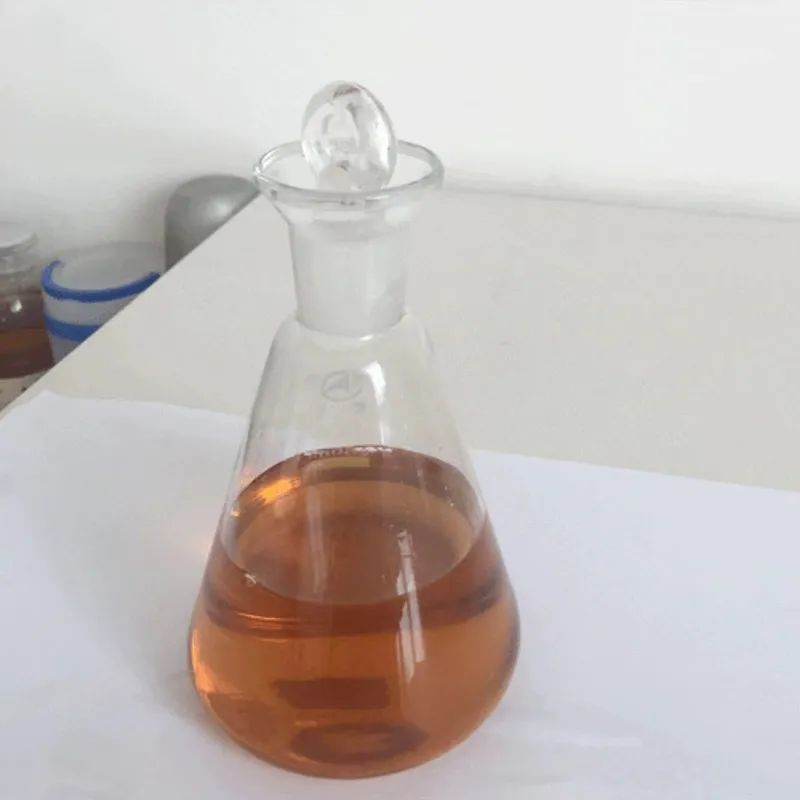
emulsifier 481 in bread
The Role of Emulsifier E481 in Bread Making
In the world of baking, achieving the perfect loaf of bread is both an art and a science. Among the various ingredients that contribute to the texture, flavor, and shelf-life of bread, emulsifiers play a crucial role. One such emulsifier, E481, also known as sodium stearoyl lactylate, has gained prominence in the baking industry due to its unique properties. This article explores the significance of E481 in bread production, its benefits, and its impact on the overall quality of the final product.
The Role of Emulsifier E481 in Bread Making
One of the primary functions of E481 in bread is its ability to strengthen the dough. When added to the mix, it helps create a more uniform and consistent dough structure. This is particularly important in commercial baking, where large batches of dough are produced. The improved strength allows for better gas retention during fermentation, resulting in higher loaf volume and a finer crumb structure. Consequently, bread made with E481 often boasts a lighter, airier texture that is highly appealing to consumers.
emulsifier 481 in bread

Another significant benefit of using E481 is its ability to extend the shelf-life of bread. Emulsifiers help to reduce staling by slowing down the retrogradation of starches in the bread. This means that the bread maintains its softness and freshness for a longer period. For bakers and consumers alike, this is a tremendous advantage, as it reduces waste and increases the enjoyment of bread over several days.
Moreover, E481 enhances the overall mouthfeel and taste of bread. By improving the distribution of fat within the dough, it contributes to a more pleasant and consistent texture. Additionally, the emulsifier can help in retaining moisture, which is essential for maintaining the bread's flavor. The result is a slice of bread that is not only visually appealing but also delicious and satisfying.
Safety is always a concern when it comes to food additives, and E481 is no exception. Fortunately, sodium stearoyl lactylate is recognized as safe for consumption, with approvals from various food safety authorities around the world. It is crucial for both consumers and producers to be informed about food additives and to ensure that they are used at recommended levels. With E481, bakers can feel confident that they are using an effective emulsifier that meets safety standards while delivering excellent results.
In conclusion, emulsifier E481 plays a vital role in the bread-making process, contributing to improved dough strength, enhanced texture, extended shelf-life, and overall quality of the final product. Its ability to blend water and fat, strengthen the dough, and maintain freshness makes it an invaluable ingredient in modern bread production. As consumer demands for quality and convenience continue to rise, incorporating effective emulsifiers like E481 into bread recipes can help bakers meet expectations while delivering delicious, long-lasting products. Understanding the science behind these ingredients not only benefits the industry but also empowers consumers to make informed decisions about the foods they enjoy. In the world of bread-making, E481 truly proves to be a remarkable ally.
-
Understanding Synthetic Rubber OptionsNewsApr.27,2025
-
Trichloroisocyanuric Acid: Essential for Clean and Safe WaterNewsApr.27,2025
-
Sodium Dichloroisocyanurate: Key to Safe Water TreatmentNewsApr.27,2025
-
Sodium Acid Pyrophosphate: Essential in Modern Food ProcessingNewsApr.27,2025
-
Essential Water Treatment ChemicalsNewsApr.27,2025
-
Denatured Alcohol and Its Industrial UsesNewsApr.27,2025
-
The Versatile Uses of Sodium BicarbonateNewsApr.24,2025
Hebei Tenger Chemical Technology Co., Ltd. focuses on the chemical industry and is committed to the export service of chemical raw materials.
-

view more DiethanolisopropanolamineIn the ever-growing field of chemical solutions, diethanolisopropanolamine (DEIPA) stands out as a versatile and important compound. Due to its unique chemical structure and properties, DEIPA is of interest to various industries including construction, personal care, and agriculture. -

view more TriisopropanolamineTriisopropanolamine (TIPA) alkanol amine substance, is a kind of alcohol amine compound with amino and alcohol hydroxyl, and because of its molecules contains both amino and hydroxyl. -

view more Tetramethyl Thiuram DisulfideTetramethyl thiuram disulfide, also known as TMTD, is a white to light-yellow powder with a distinct sulfur-like odor. It is soluble in organic solvents such as benzene, acetone, and ethyl acetate, making it highly versatile for use in different formulations. TMTD is known for its excellent vulcanization acceleration properties, which makes it a key ingredient in the production of rubber products. Additionally, it acts as an effective fungicide and bactericide, making it valuable in agricultural applications. Its high purity and stability ensure consistent performance, making it a preferred choice for manufacturers across various industries.











